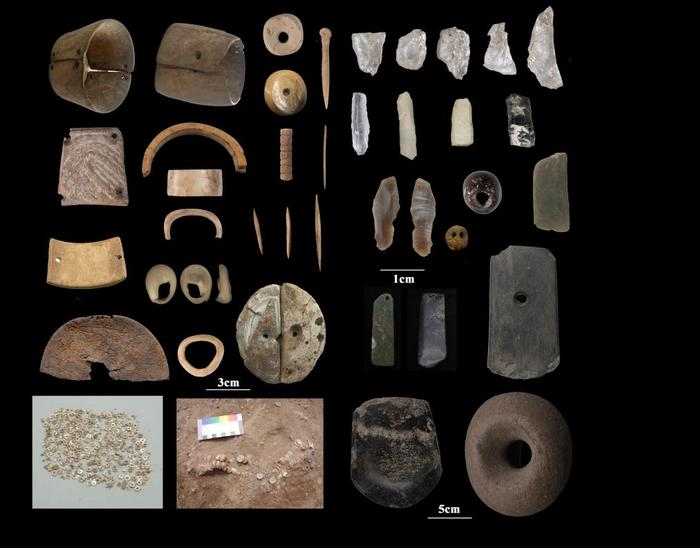Recent archaeological breakthroughs in Tibet are rewriting history! From over 100,000-year-old Paleolithic sites like Shanggagang and Melongdap Cave to high-altitude Neolithic settlements at Maroutse and Rapu, these discoveries reveal how early humans adapted and thrived on the Qinghai-Tibet Plateau.
The Tibet Archaeology Work Report Meeting held in Beijing from April 8 to 10 brought together experts from 12+ institutions. Coordinated by the National Cultural Heritage Administration and led by the Tibet Autonomous Region Bureau of Cultural Relics, research teams conducted 32 targeted excavations across 17 sites in seven Tibetan prefectures. Their work spans the Paleolithic, Neolithic, Early Metal Age, and Tubo periods.
Key findings include advanced stone tool technologies, early pottery use, social stratification evidence at the Sandalongguo cemetery, and cross-regional cultural exchanges highlighted by artifacts at Guoxiong. These treasures construct a coherent spatio-temporal framework for cultural evolution and underline the rich, diverse unity of Chinese civilization.
As archaeologists plan to deepen future excavations and boost public outreach, these discoveries reinforce Tibet’s integral role in the cultural mosaic of the Chinese mainland, promoting ethnic unity and cultural preservation. 🌏✨
Reference(s):
cctv.com




